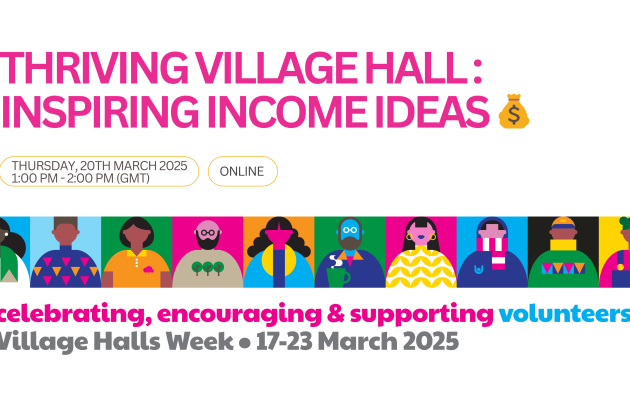Our Youth Consultant, Innes, summarises our new report titled: Mapping and Connecting Community Spaces in Rural Clackmannanshire.
Sometimes there are more to things than first meets the eye. Gaze at a map of Scotland and you might be quick to dismiss the notion that Clackmannanshire is rural with it being sandwiched between the M9 and the M90; it’s merely a constituent of the Central Scotland mega conurbation for many! But, the reality is quite different. Clackmannanshire is a rural county - made up of small villages and towns - that faces acute challenges in realising its potential. Poor connectivity has exacerbated issues, such as deprivation and social isolation, causing an entire chain reaction of adverse effects on communities in Clackmannanshire. Indeed, some of the most deprived communities in Scotland are
in this ‘wee county’. But, there’s something else about Clackmannanshire - and in fact the rest of Scotland - that there is more to than one would imagine: its community spaces in the form of community centres, village centres, village halls, and community hubs.
Recently, Scottish Rural Action’s amazing (and Clackmannanshire native) Kate Turner conducted a mapping exercise into village halls in Clackmannanshire. Her findings reveal both the exceptional work of community spaces but also the exceptional challenges and constraints that community spaces are up against.
I’ve been tasked with summarising these findings - an incredibly difficult task given the amount of learning that can be taken away from Kate’s report, so here are my two key takeaways.
1. Village halls are frequently the unsung heroes in our communities
The findings from the report highlights the diversity in service offering between the participating community spaces. From food banks to fitness classes and regeneration projects; no one community space is offering the same services and each and every community space is tailoring their offering to their community. This flexibility and adaptability
to localised circumstances has allowed village halls to mitigate or ‘plug the gaps’ between services - ensuring no one is left behind. However, rising demand (due to COVID-19, inflation, etc.) compounded with rising costs, digitalisation and a changing population is making it increasingly difficult for community spaces to support their communities and is in fact
reducing their capacity. Indeed, the consensus from participants is that too often recognition and support for community halls does not go far enough in the face of the challenges they face and the work they do.
2. They need specific help - and we maybe have the start of a solution
Community spaces need more help. The report asked community spaces what forms of support they feel would be most beneficial with these primarily relating to funding, outreach infrastructure and networking. In addition, interest was gauged on the creation of a village hall network where information could be exchanged and groups could share resources. This proposal was largely welcomed, with groups believing it could help them learn from the experiences of others and increase the recognition of community halls. However, it was unanimous that any such network must have a clear sense of purpose, be easy to access and not require a time commitment from hall staff and volunteers to maintain
The report demonstrates quite clearly how integral village halls and community spaces are to our places and our communities. Going forwards, we must be ambitious and we must come together to shape policy, collaborate and make some noise - as, if not, the consequences for village halls and thus communities could be grave.
Where do you think we should go next? Does your community hall have any comments, ideas or suggestions?




